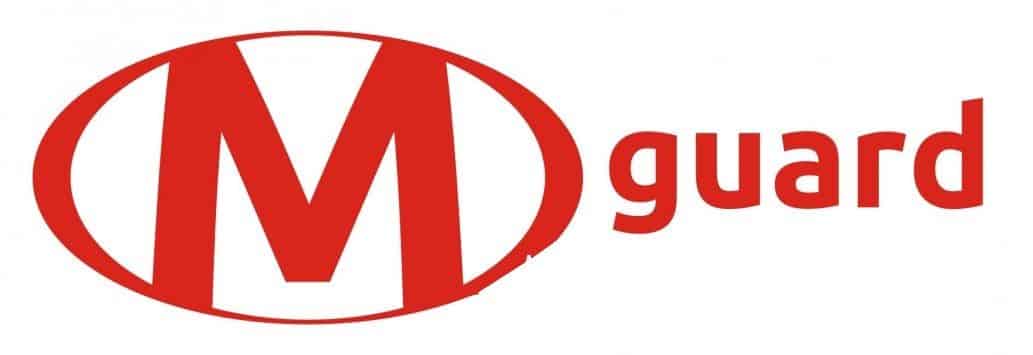Video and Audio Detection Tools
Axxon Next video management software incorporates a powerful system for analysis of video images. It includes the following video detection tools:
- motion detection – captures any movement in the scene;
- background change detection – is triggered when an attempt is made to turn the camera;
- detection for loss of video quality – is triggered when the image quality deteriorates due to blurring or soiling or blinding of the lens. or darkening of the image, etc.;
- abandoned objects detection – is triggered when some object – a briefcase, box, bag, etc. appears in the scene and remains motionless for some time;
- detection of crossing a line in a given direction – is triggered when a moving object crosses the virtual line in the user-specified direction (available in paid version);
- motion start detection – records movement in a user-specified area;
- motion stop detection – is triggered when any object stops and remains motionless for some time within a user specified area;
- loitering detection – is triggered when an object remains in a user-specified area for some time;
- object appearance detection – is triggered when any object appears within a user-specified area;
- object disappearance detection – is triggered when the object leaves the user-specified area or when the object located in the area disappears from the camera’s field of view.
In addition to the video detection tools, Axxon Next has two audio detectors:
- noise detection – is triggered by exceeding a certain threshold volume level;
- silence detection – is triggered when the microphone signal disappears completely.
The powerful tools for analyzing the incoming video and audio data allow Axxon Next recognize a variety of user-defined situations. One of the following actions can be selected as a response to triggering of detection tools or security sensors connected to the cameras:
- start recording of the video from the camera (with sound);
- send an SMS-message to one or several phone numbers;
- send an email to one or several addresses;
- play an audio announcement;
- send a signal to an actuating device (relay) connected to the camera;
- switch to alarm processing mode;
- rotate the PTZ camera in a given direction.
A properly configured system requires minimum of intervention in its work, while it is recording all the important events in the video archive and attracting the operator’s attention to alarm events (i.e. events that result in switching to alarm processing mode). Process automation of the Axxon Next video management system represents an indispensable aid to the operator, reducing his fatigue and preventing him from missing any important events.
Visual configuration mode for the video detection tools
The Axxon Next video detection tools are configured in visual mode. Upon specifying the areas, lines, and other parameters of the tool operation within the scene and clicking Apply, the user will see at once how will this detection tool work with the video stream coming from the camera – all scenes that triggered the tool will be displayed in real-time in a special area of the screen.
This will allow adjusting, if necessary, the configuration settings and to ensure that the detector works exactly as required by the user.
Video grooming for detection tools
The Camera Tampering and Failure Detection tools do not need high frame rates to be effective. That is why not all of the video stream is decoded for these tools now: only keyframes (H.264, MPEG) or a limited number of frames, at 2 fps (MJPEG) are decoded.

This reduces the burden on the video server CPU and thus allows handling more video channels on a single server.
